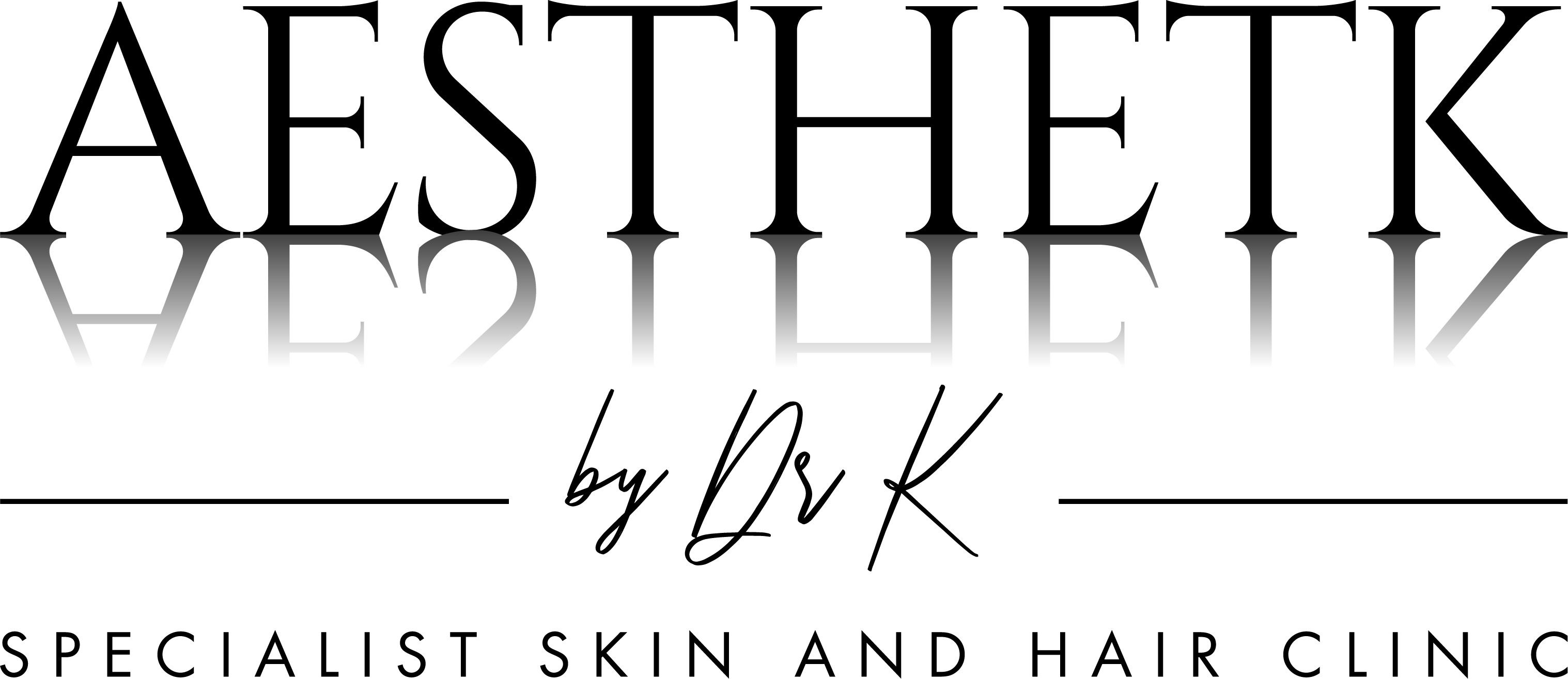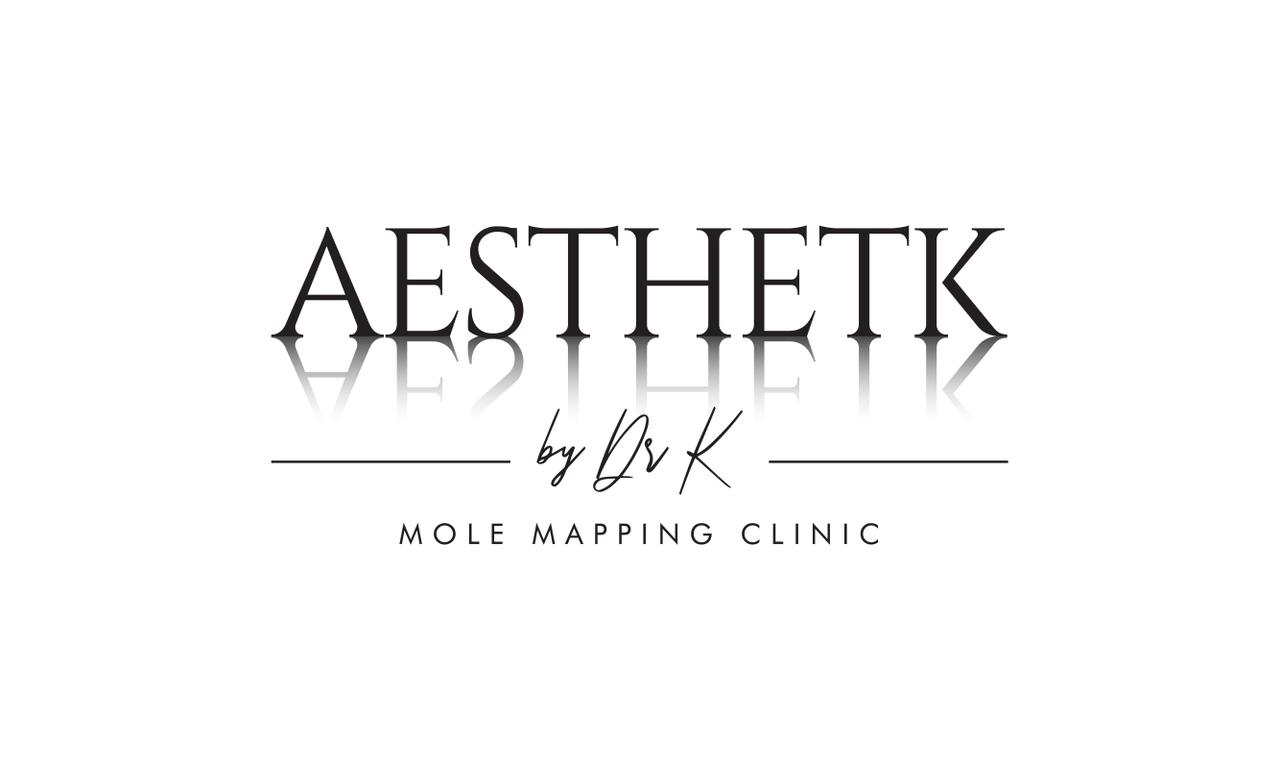Moles: The Causes, Symptoms & Treatments
What Are Moles?
Moles are common skin growths that develop due to clusters of pigmented cells. While most are harmless, some may indicate underlying skin concerns. If you’re considering mole removal in Brentwood, understanding their causes, symptoms, and treatment options is crucial.

Causes of Moles
Moles typically appear due to a combination of genetic factors and sun exposure. Some key causes include:
- Genetics: If your family has a history of moles, you are more likely to develop them.
- Sun Exposure: UV rays can increase mole formation, especially on sun-exposed areas like the face and arms.
- Hormonal Changes: Pregnancy, puberty, and hormonal therapies can cause new moles or changes in existing ones.
- Ageing: Moles may darken or fade over time, with some disappearing naturally.
Symptoms of Moles
Most moles are harmless, but it’s essential to monitor changes. Common characteristics include:
- Shape & Size: Typically round or oval, ranging from a few millimetres to larger sizes.
- Colour: Shades of brown, black, or even pinkish hues.
- Texture: May be flat or raised, smooth or rough.
When to See a Specialist at a Skin Clinic in Brentwood
Consult a skin clinic Brentwood if you notice:
- A mole changing in size, shape, or colour
- Itching, bleeding, or crusting
- Asymmetry or irregular borders
- Rapid growth
Treatment Options for Moles
If a mole is bothersome or potentially cancerous, there are several treatment options available.
1. Mole Removal in Brentwood: When Is It Necessary?
Many opt for mole removal in Brentwood for cosmetic reasons, discomfort, or medical necessity. Your specialist may recommend removal if:
- The mole is large, raised, or frequently irritated by clothing
- There are signs of abnormal growth or potential malignancy
- It affects confidence due to its appearance
2. Methods of Mole Removal
At a skin clinic Brentwood, professionals use various techniques for safe and effective mole removal.
Excision
A surgical method where the mole and surrounding tissue are removed, often used for larger or suspicious moles.
Shave Removal
A minimally invasive procedure where the mole is shaved off at skin level, ideal for raised moles.
Laser Mole Removal
For small, non-cancerous moles, laser therapy can break down pigment without cutting the skin.
How to Care for Your Skin After Mole Removal
After Brentwood mole removal, taking proper care of the treated area is crucial for optimal healing and to reduce the risk of complications. Here’s a more detailed breakdown of what you should do post-treatment to ensure the best results:
- Keep the Area Clean and Dry: Gently clean the removal site with mild soap and water to remove any debris. Pat the area dry with a soft towel, avoiding any rubbing or scrubbing. This helps prevent infection and promotes faster healing.
- Avoid Excessive Sun Exposure: Direct sunlight can cause scarring or hyperpigmentation on the treated skin. Always use a broad-spectrum sunscreen (SPF 30 or higher) to protect the area. If possible, avoid prolonged sun exposure for the first few weeks after mole removal.
- Apply Prescribed Ointments: Your dermatologist may recommend ointments or creams to help the healing process. These products can prevent infection, reduce inflammation, and support tissue regeneration. Follow the prescribed instructions carefully to maximise healing.
- Avoid Picking or Scratching the Area: As the site heals, you may notice some scabbing. Do not pick at it, as this can cause scarring or delay the healing process. Let your skin heal naturally.
- Monitor for Changes: Keep an eye on the treated area for any signs of infection or unusual changes. If you notice excessive redness, swelling, pus, or the mole begins to regrow, contact your Brentwood skin clinic immediately for further evaluation.
- Follow Up with Your Specialist: After your mole removal, schedule follow-up visits with your dermatologist to ensure everything is healing correctly. Your specialist can provide ongoing advice and, if necessary, conduct further assessments to monitor for any abnormal growths or changes.
By following these simple aftercare steps, you can help ensure that your skin heals well and the risk of complications remains minimal. Taking care of your skin after mole removal is an essential part of maintaining your overall skin health and reducing the chance of scarring.
People Also Ask (PAQ) Section
Is It Safe to Remove a Mole at Home?
No, removing a mole at home can lead to infection, scarring, and missed early signs of skin cancer. The NHS advises mole removal should only be performed by a medical professional to ensure safety and proper assessment.
Read the Full Article (Source: NHS.uk)
Final Thoughts
Moles are generally harmless, but monitoring their changes is essential for skin health. If you’re considering mole removal in Brentwood, consult a qualified expert at a skin clinic Brentwood to ensure safe and effective treatment.
For professional care, visit Aesthetk’s Mole Removal Services.


